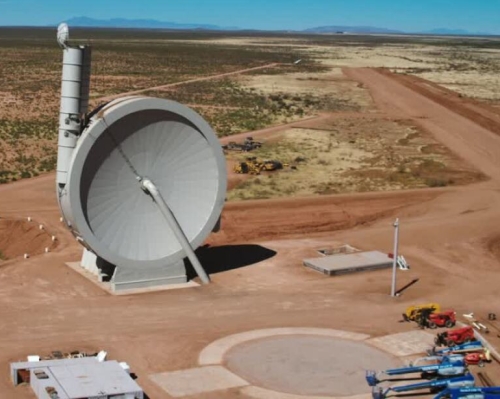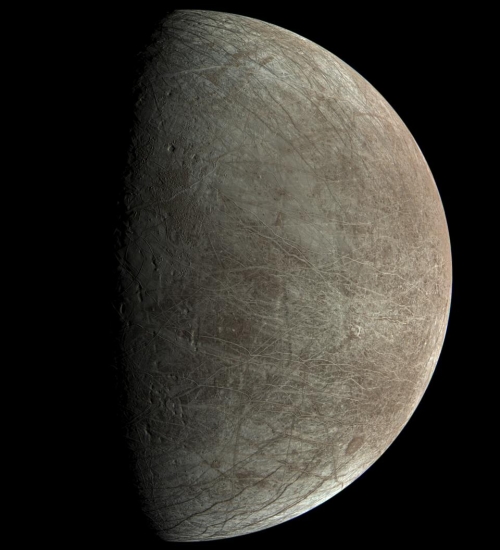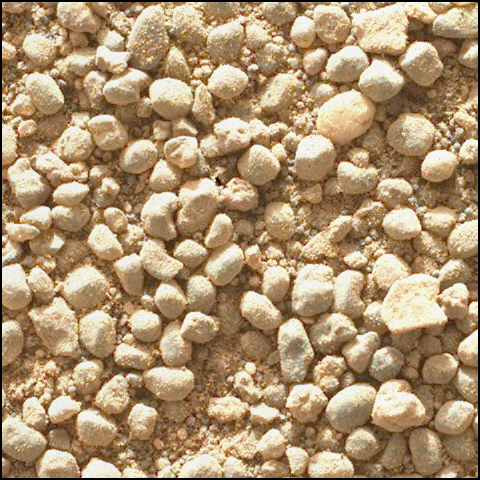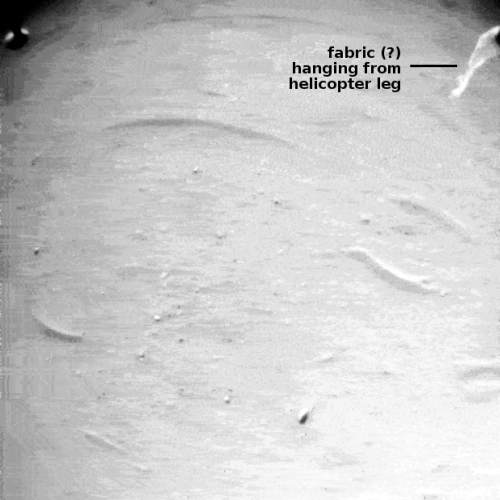October 5, 2022 Quick space links
Courtesy of BtB’s stringer Jay, who reads Twitter so I don’t have to.
- The fixes needed to get Russia’s Luna-25 ready for launch in the summer of 2023
Jay says, “I bet you a Coke it will not launch on that date.” I wouldn’t take that bet if I were you.
- China names its new sea launch platform HAIFA
My question: Why did they name it after an Israeli city?
- The UK and South Korea join U.S. anti-satellite missile test ban coalition
They join Canada, Germany, Japan, and New Zealand, making seven total, including the U.S.
- ESA unveils latest design of its ESPRIT refueling module for Lunar Gateway
According to Anatoly Zak, this is a major redesign.
- Iran releases close-up of suborbital rocket that launched what it claims was a test of a rocket upper kick stage subbed Saman
Might be true. Might not. Nothing that comes from Iran’s state-run press can be trusted.
Courtesy of BtB’s stringer Jay, who reads Twitter so I don’t have to.
- The fixes needed to get Russia’s Luna-25 ready for launch in the summer of 2023
Jay says, “I bet you a Coke it will not launch on that date.” I wouldn’t take that bet if I were you.
- China names its new sea launch platform HAIFA
My question: Why did they name it after an Israeli city?
- The UK and South Korea join U.S. anti-satellite missile test ban coalition
They join Canada, Germany, Japan, and New Zealand, making seven total, including the U.S.
- ESA unveils latest design of its ESPRIT refueling module for Lunar Gateway
According to Anatoly Zak, this is a major redesign.
- Iran releases close-up of suborbital rocket that launched what it claims was a test of a rocket upper kick stage subbed Saman
Might be true. Might not. Nothing that comes from Iran’s state-run press can be trusted.















